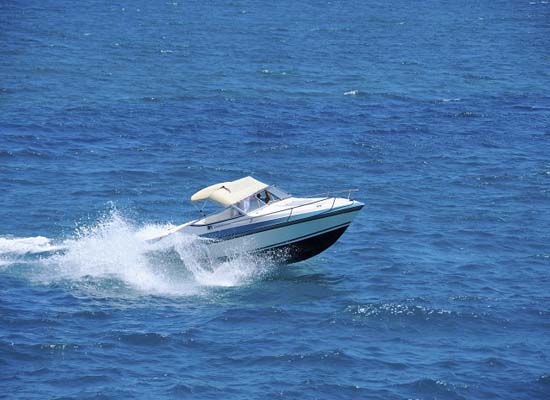6 Top Boat Safety Tips For Fall
There is nothing quite like setting sail on a beautiful autumn day and enjoying the shifting colors from the open water. However, there are a number of important things to keep in mind before you get in your boat this fall. Here are some tips, courtesy of Boat U.S.
1. Dress For The Weather
Dress in layers, starting with a thin base layer, and steer clear of things such as jeans and cotton shirts, which don't dry as readily or keep the heat as well as wool and synthetic materials. Additionally, it is a fantastic idea to bring along another bag of thicker clothing in case bad weather hits. For more info Visit Here.2. Review The Fundamentals
Crowded waterways mean boaters must know their navigation rules. Review how to manage crossing and overtake situations, and what to do when meeting another ship head-on.3. Plan Ahead
It's crucial to prepare a float plan and leave it with a friend or relative before you hit the water. Much like flight programs for airplanes, float programs offer a record of where you would like to go and when you intend to return. Not sure how to prepare one? Here's a handy float strategy template.4. Leave Alcohol Ashore
Alcohol's impairing effects on coordination can put a captain and passengers in danger of falling overboard. Operating a boat while drinking can also lead to some boating under the influence charge, which includes steep fines.5. Do A Systems Check
On inboard boats, check all fluid levels and take a look at the bilge to make sure water isn't getting in. It's also worth checking the search engine belts and making sure water is coming from the exhaust and the batteries are charging when you begin the engine.On trailerable boats, be certain to look at the steering before the boat leaves the ramp. Check the fuel before you get on the water and examine the drain plug when you've launched. Also, make sure the engine is running correctly and allow water to pass through.
Be sure your navigation lights are working properly in the event that you'll be out after dark, and then take a handheld radio with digital selective calling (DSC) so you can send a distress signal to the Coast Guard should you run into trouble.
6. Gear Up On Safety
If you are going more than 20 miles offshore, deliver a personal locator beacon (PLB) or a crisis position-indicating radio beacon (EPIRB). Either of these will let you be found by satellite in the event of an emergency.Show passengers how to correctly wear and match life jackets, depending on what type is on the ship, and maintain the life jackets easily accessible for everyone.

Comments
Post a Comment